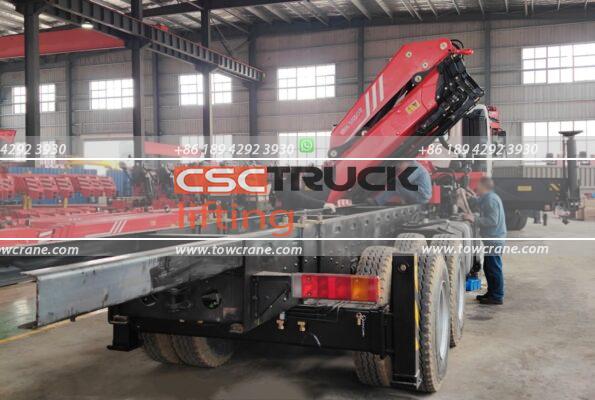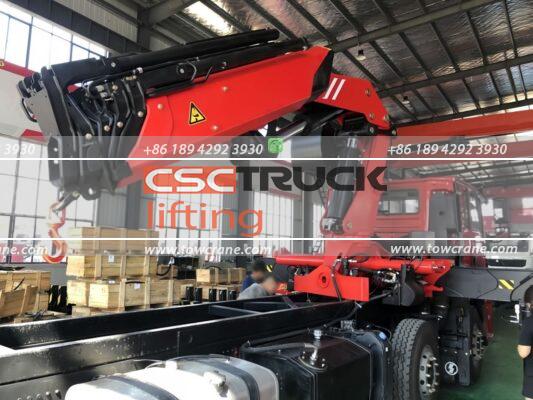During the transition from summer to autumn, many vehicle owners take the opportunity to service their cars, including hinausautos. Kuitenkin, there are some common misconceptions in engine maintenance that must be avoided. Here are some key points to keep in mind:

1. Blindly Removing the Thermostat: Some drivers remove the thermostat from the engine to address high temperatures. Kuitenkin, this can lead to the coolant only circulating fully without adjusting the cooling intensity, making it difficult to maintain an optimal engine temperature. This often results in the engine operating at a lower temperature, decreasing engine power, increasing wear, and raising fuel consumption. If the thermostat is faulty, it should be repaired or replaced. If the engine temperature remains high, the cooling system or other components should be inspected rather than removing the thermostat.
2. Believing High Engine Temperature is More Harmful than Low: It is a misconception that high temperatures are more harmful than low ones. Operating the engine at low temperatures can also be very detrimental. The correct approach is to maintain the engine within the normal temperature range specified in the user manual to ensure its longevity.

3. Over-Tightening the Water Pump Fan Belt: Contrary to popular belief, the fan belt should not be overly tight. An excessively tight belt can stretch or break, shortening its lifespan. Lisäksi, excessive tension can deform or bend the engine and water pump shafts and cause premature bearing failure. The belt tension should comply with technical requirements.
4. Using Idle Speed to Warm Up the Engine: This is another common misconception. At idle speed, the oil pump cannot quickly deliver lubrication to all surfaces, and low oil pressure means engine components work in a state of dry or semi-dry friction. Furthermore, low-temperature fuel vaporization is poor, leading to unburned fuel washing away the oil film on cylinder walls and accelerating wear. The engine should be warmed up using a fast idle speed after a few seconds of startup to improve lubrication conditions.
5. Using a Blowtorch to Heat the Oil Pan in Winter: This practice is incorrect as it can cause chemical reactions in the oil additives, degrading their performance. It can also cause the oil to become sticky, deform the oil pan, and potentially lead to a fire. The best practice is to use oil suitable for the lowest winter temperatures in the area and, if possible, park the vehicle in a garage with insulation.

Paying attention to these misconceptions is crucial as improper maintenance can lead to more harm than good. It is important to remember these points to avoid unnecessary damage and ensure the vehicle’s proper functioning.









